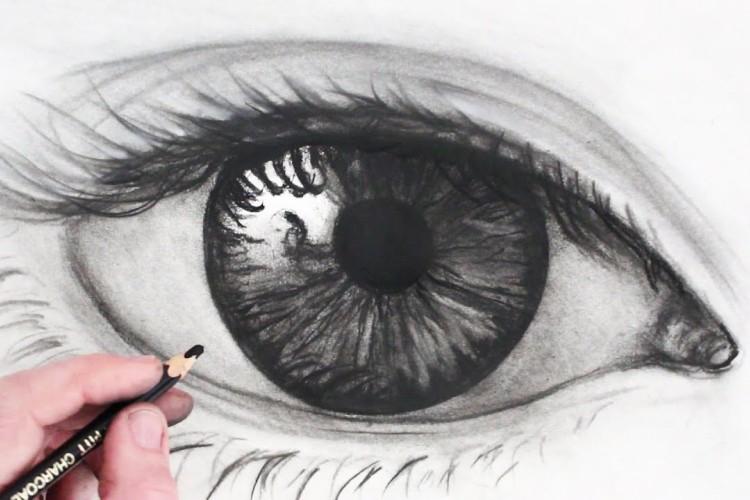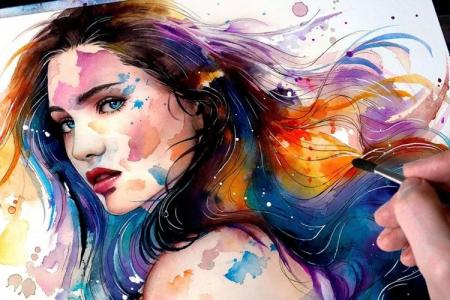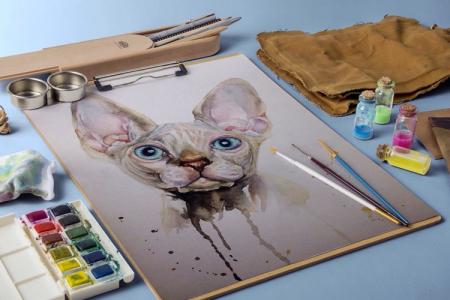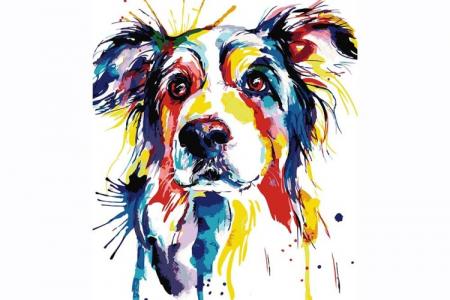
The eyes are a reflection of our emotions, intentions and state. Perhaps that is why they are the hardest for many artists. Even professionals have difficulties, but what can we say about beginners? That is why we decided to share with you 7 master classes on how to draw eyes in stages!
1. Draw eyes with a simple pencil
Even a simple gray pencil can draw a beautiful and fairly realistic eye. But do not rush to grab onto work right away - first, let's figure out what basic elements it consists of!
You will need: Pencil, eraser on paper.
How to draw: The first step is to decide whether you will draw from life or from memory. In the first case, the eye will probably turn out to be more accurate, and the second - more useful for training a new skill, because this way the information is better remembered. Start with the horizontal axis and mark the main contours - eyelids, iris, pupil and highlights.
2. How to draw eyes with colored pencils
We recommend using softer pencils if you want smooth shading. Or, on the contrary, more solid - if you like shading.
You will need: Pencil, colored pencils, eraser on paper.
How to draw: Draw the basic outline of the eye with the pupil and highlights. Start painting over the drawing from the darkest and blackest areas - the pupil and the outlines of the iris. Gradually tint the skin and add color, moving smoothly from dark to lighter and from base to accents.
3. How to draw eyes with markers
With pencils, everything is clear - they are erased, shaded and are suitable for color transitions. But is it realistic to draw eyes with markers? Quite!
You will need: Pencil, eraser on paper, white and black gel pens, colored markers in skin and iris color.
How to draw: First, draw with a pencil the outlines of the future eye, the iris, the center of the pupil and the highlight. Start painting the eyes with the iris and use several colors, from light to dark. Be sure to blur all the lines and don't forget to darken the shadows.
4. Draw eyes with acrylic paints
Acrylic paints are quite dense, but mix well and give a bright, rich color. This is great for drawing bright and realistic eyes!
You will need: Paper, acrylic paints, palette, brushes, water.
How to draw: Decide what colors you need and apply them to the palette. Draw the outlines with the thinnest brush in a dark brown color. With the same paint, diluted with water, outline the main shadows and add volume. Before working on the color, immediately mix several shades for the skin and iris on the palette.
5. How to paint eyes in watercolor
Eyes painted with watercolors look really magical thanks to soft and watery color transitions. And for a drawing, a minimum of colors is enough, because almost all shades can be mixed independently.
You will need: Watercolor paper, watercolor paints, pencil, eraser, water, palette.
How to draw: With thin pencil lines, draw all the outlines of the eye, eyelids, iris and eyelashes. Cover the design with water and paint over the protein with a watery blue tint. Gradually layer colors from translucent to vibrant accents. Water down each stroke a little to maintain the distinctive watercolor transitions.
6. Draw eyes with pastels
Oil pastels are a very interesting artistic tool, although they require certain skills and special paper. It is a fairly soft material that is pleasantly stewed and blends well.
You will need: Pastel paper, pastel, pencil, eraser.
How to draw: Draw with a pencil the main outlines of the future eye and gradually fill them with color, starting from the white.Use your finger to blend any sharp edges and transitions. Fill the iris gradually from light to dark and from larger to smaller.
7. How to draw anime eyes
If you still can't draw beautiful and identical anime eyes, not to mention changing the style and expression - use this tutorial!
You will need: Pencil, eraser on paper.
How to draw: Be sure to start by marking with a grid - so both eyes will definitely be the same size and at the same angle. Each eye must be inscribed in the corresponding square, transferring points from the first to the second. When you practice with the base, try drawing the eyes from different angles, keeping in mind the rules of perspective!



